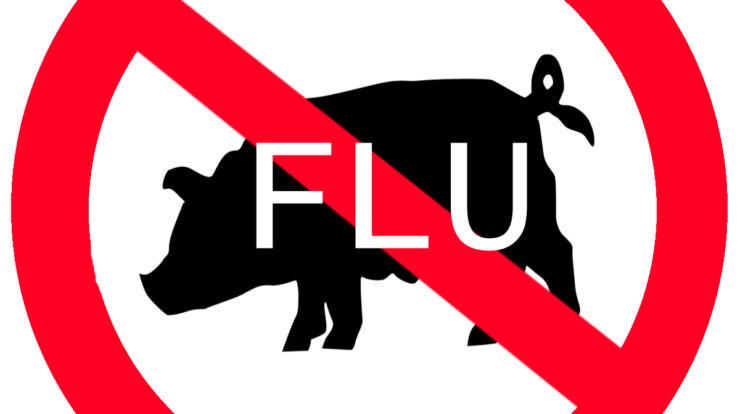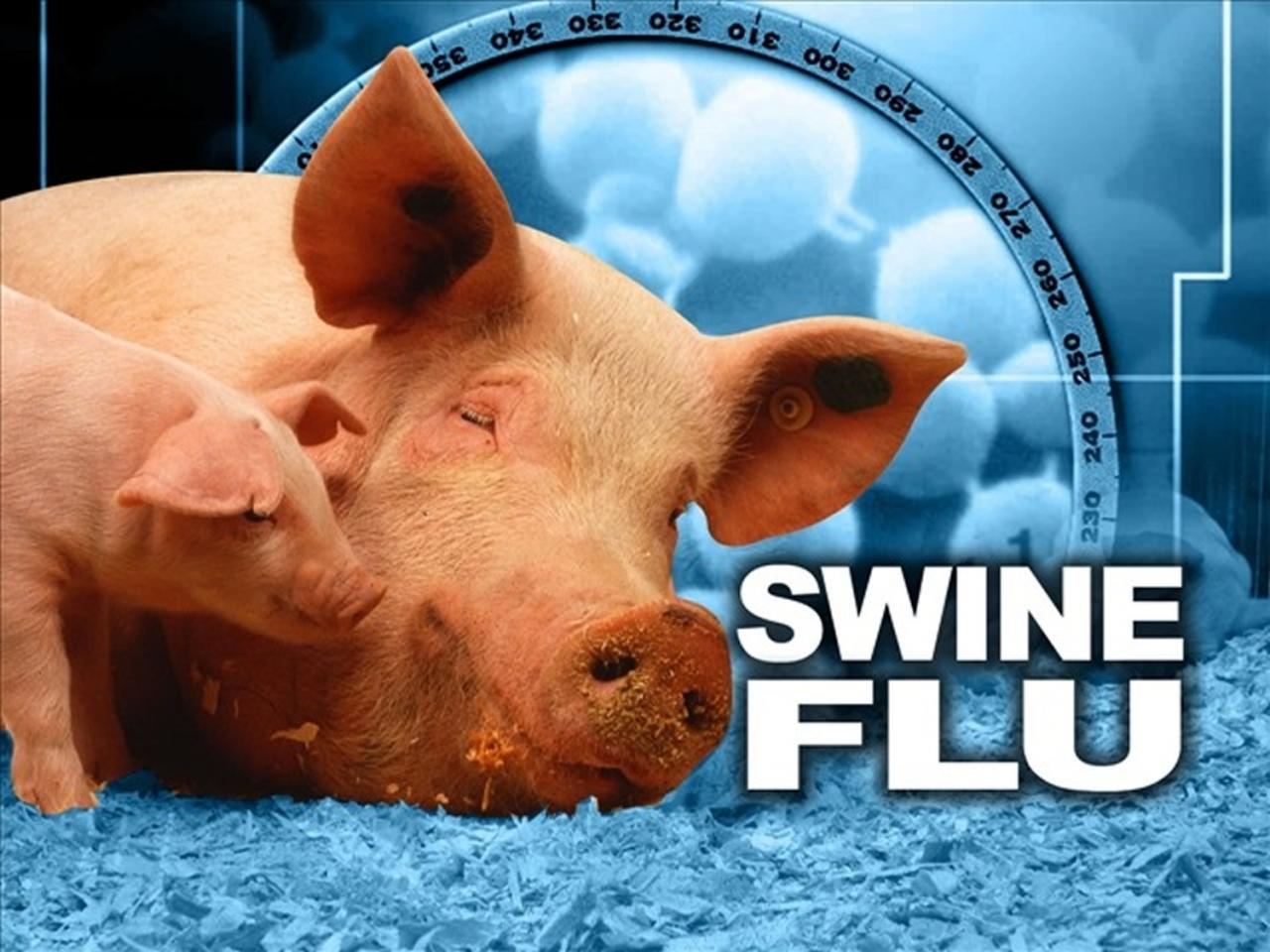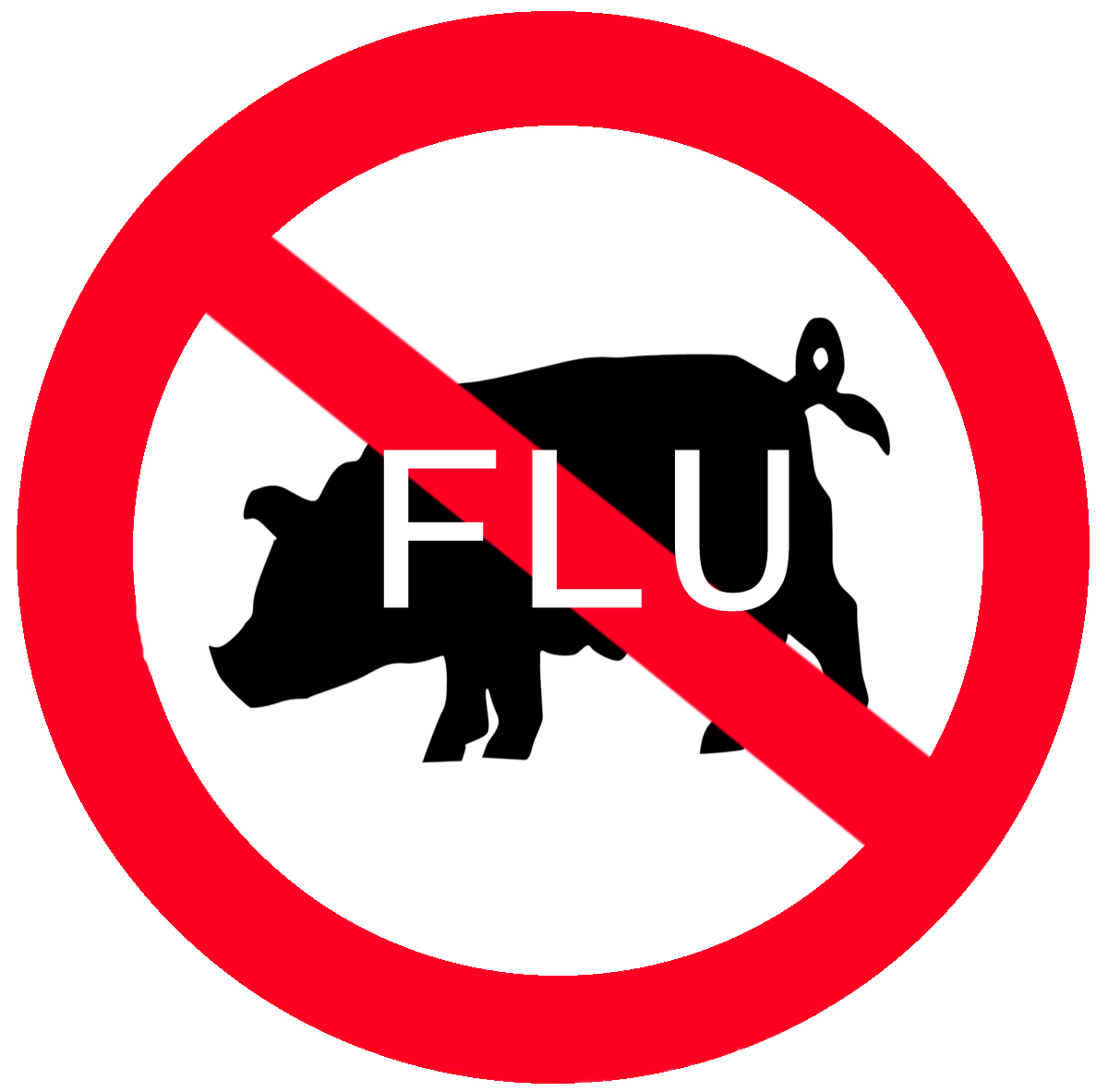
Swine flu, a highly contagious respiratory illness caused by the influenza virus, has captured the attention of the medical community and the public alike. This comprehensive guide delves into the intricacies of swine flu, exploring its origins, transmission methods, symptoms, diagnosis, treatment, and global impact.
First identified in pigs, swine flu has the potential to spread to humans, causing a range of symptoms from mild to severe. Understanding the characteristics of this virus is crucial for effective prevention and management.
Swine Flu Overview
Swine flu, also known as H1N1 influenza, is a respiratory illness caused by a type of influenza virus that typically infects pigs. However, it can also be transmitted to humans, causing flu-like symptoms. The virus is highly contagious and can spread through contact with infected pigs or their bodily fluids, or by inhaling airborne droplets when an infected person coughs or sneezes.
Swine flu was first identified in humans in Mexico in 2009 and quickly spread to other parts of the world, causing a global pandemic. The virus has since become a seasonal flu strain that circulates in both pigs and humans.
Transmission and Symptoms

Swine flu is primarily transmitted through direct contact with infected pigs or their bodily fluids, such as saliva, nasal secretions, or feces. It can also be spread through contact with contaminated objects or surfaces, or by inhaling airborne droplets when an infected person coughs or sneezes.
The common symptoms of swine flu include fever, chills, cough, sore throat, runny nose, muscle aches, and fatigue. In severe cases, swine flu can lead to pneumonia, respiratory failure, and even death.
| Transmission Method | Symptoms |
|---|---|
| Direct contact with infected pigs or their bodily fluids | Fever, chills, cough, sore throat, runny nose, muscle aches, fatigue |
| Contact with contaminated objects or surfaces | Fever, chills, cough, sore throat, runny nose, muscle aches, fatigue |
| Inhaling airborne droplets from an infected person | Fever, chills, cough, sore throat, runny nose, muscle aches, fatigue |
Diagnosis and Treatment

Swine flu can be diagnosed through a variety of tests, including a rapid influenza diagnostic test (RIDT), which can detect the presence of the virus in nasal secretions, or a polymerase chain reaction (PCR) test, which can detect the virus’s genetic material.
Treatment for swine flu typically involves antiviral medications, such as oseltamivir (Tamiflu) or zanamivir (Relenza), which can help reduce the severity and duration of symptoms. In severe cases, hospitalization and supportive care may be necessary.
- Rapid influenza diagnostic test (RIDT)
- Polymerase chain reaction (PCR) test
- Antiviral medications (oseltamivir, zanamivir)
- Hospitalization and supportive care (in severe cases)
Public Health Implications: Swine Flu

Swine flu can have a significant impact on public health, particularly during outbreaks. The virus can spread rapidly and cause widespread illness, leading to school closures, business disruptions, and healthcare system strain.
Surveillance and quarantine are important tools for controlling swine flu outbreaks. Surveillance helps to identify cases early and track the spread of the virus, while quarantine helps to isolate infected individuals and prevent further transmission.
- School closures
- Business disruptions
- Healthcare system strain
- Surveillance
- Quarantine
Global Spread and Pandemics
Swine flu has spread to many countries around the world, including North America, Europe, Asia, and Africa. The virus has the potential to cause pandemics, which are global outbreaks of a disease that affect a large number of people.
Factors that contribute to the pandemic potential of swine flu include its ability to spread easily from person to person, its ability to mutate and adapt to new hosts, and its potential to cause severe illness in some individuals.
- Global spread
- Pandemic potential
- Factors contributing to pandemic potential
Research and Development

Ongoing research on swine flu focuses on developing new vaccines and antiviral treatments, as well as improving diagnostic techniques.
Vaccines are an important tool for preventing swine flu outbreaks. Currently, there are several vaccines available that can protect against swine flu, including the seasonal flu vaccine and the H1N1-specific vaccine.
Antiviral medications are another important tool for treating swine flu. These medications can help to reduce the severity and duration of symptoms, and they can also be used to prevent infection in people who have been exposed to the virus.
- Development of new vaccines
- Development of new antiviral treatments
- Improvement of diagnostic techniques
- Seasonal flu vaccine
- H1N1-specific vaccine
Closure

Swine flu poses a significant public health challenge, requiring a multi-faceted approach to prevention and control. By raising awareness about the virus, promoting vaccination, and implementing effective surveillance and quarantine measures, we can mitigate the impact of this disease and protect our communities.
Ongoing research and development hold promise for the advancement of diagnostic techniques, vaccines, and antiviral treatments, offering hope for a future where swine flu is less of a threat to global health.





